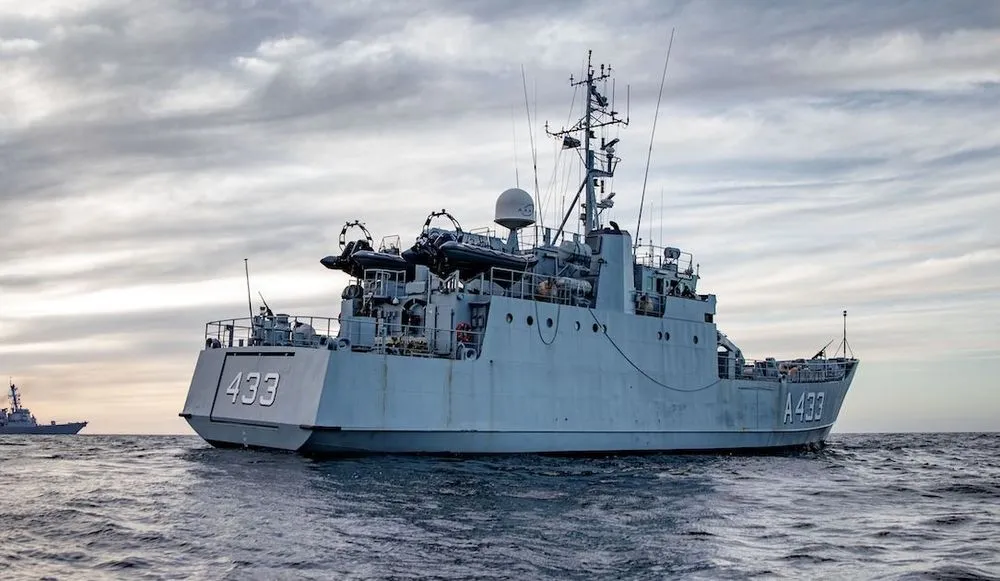Estonia considers allowing Navy to sink merchant ships threatening submarine cables
The Riigikogu, Estonia’s parliament, is set to have the first reading of a new proposed law on Wednesday that would allow the country’s Navy to sink merchant ships that are threatening to damage submarine cables.
It comes amid increased concern about Baltic Sea subsea infrastructure following a series of cable breaks that have prompted fears of a Russian sabotage campaign.
As previously reported by Recorded Future News, despite these concerns there is increasing confidence among governments on the North Sea and Baltic Sea that the incidents were accidental and not directed by the Kremlin.
Estonia was one of several NATO allies to announce military activity to protect Baltic Sea infrastructure in January, although the official statement hedged on the cause of the recent incidents.
“We are deeply concerned by actions, be they negligent or malicious, which cause damage to or threaten the functioning of critical undersea infrastructure. We strongly condemn acts of sabotage to critical undersea infrastructure,” explained their joint statement.
There would be no need to rewrite Estonia’s laws to permit military action against military sabotage. However there are concerns that — if the damage caused by Russia’s “shadow fleet” vessels is sabotage, it is sabotage conducted on an inherently deniable basis that may not legally justify a military response.
The new bill in the Riigikogu, which would allow ships to be sunk after being evacuated, is likely to prompt a significant debate about Estonia’s duties to permit the freedom of navigation.
Grigore-Kalev Stoicescu, the chairman of Estonia’s National Defence Committee, said sinking a merchant vessel would only happen “in the most extreme cases. For example, when the lives of many people are at risk or to avoid a catastrophe,” as reported by Estonia’s public broadcaster, ERR.
Even if passed, there are questions about the Estonian Navy’s capability to sink a threatening ship. It is among the smallest navies in the world, with only eight commissioned ships mainly focused on mine clearance and coastal patrols.
"If we use armed force against someone in international waters, thereby violating freedom of navigation, then everything must be carefully thought out. If the Navy and Defence Forces are going to apply this law, then they must have both a diplomatic justification and the appropriate means, that is, ships, weapons, as well as legislative and diplomatic support," Jüri Saska, a former Estonian Navy Commander, told ERR.
“If a situation arises where our limited capabilities do not allow us to respond adequately, we will hope for cooperation with our allies: Finland, Sweden, Latvia and other countries,” said Stoicescu.
The former naval commander Sasca was dismissive of the idea: “If I were the captain of a ship, how should I sink a vessel whose crew I evacuated myself? After all, this vessel no longer poses a danger to critical infrastructure or anything else. If it is sunk, it will create a major threat to the environment. It's all very confusing here.”
Alexander Martin
is the UK Editor for Recorded Future News. He was previously a technology reporter for Sky News and is also a fellow at the European Cyber Conflict Research Initiative.



